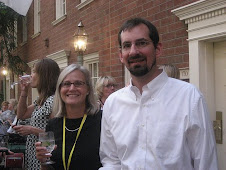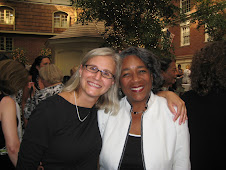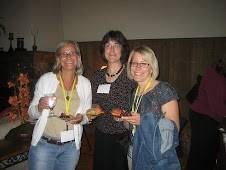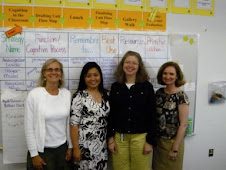Scott, the high school numeracy coach, and I have been meeting over the past few weeks to discuss ideas for Advanced Algebra. Since my math skills left me 25 years ago when I dropped Calculus II in college, these meetings have been a challenge for me.
However, my lack of knowledge may be paying off. Last week, Scott gave me a word problem to solve and asked me if I could use thinking maps to solve it. Being true to the belief that the brain thinks eight ways as represented by Hyerle's Thinking Maps, I set out on the task. I falsely started with a tree map and then realized I didn't even know the ideas to classify yet.
After backtracking to a circle map to define the problem, I felt much better about the problem. I then could make a tree map that classified the parts of the problem, which turned out to be the parts of the mathematical expression I needed to arrive at to solve the problem. The solution to the problem was just a quick flow map away.
I have to confess that it took me nearly 20 minutes to solve this one word problem from an Advanced Algebra sophomore class. Scott found my thoughts fascinating because I was talking out what I was thinking as I was making the Thinking Maps. Scott said that with students he never gets to hear the thought process; students usually just shut down and say, "I don't get it."
Scott and I came to the conclusion that my brain needed to go through the following three thinking processes to solve the problem:
1) a circle map to define
2) a tree map to classify
3) a flow map to sequence the stages of the mathematical expression
Since the problem solving process took so long (even with Scott asking me clarifying questions along the way), I wanted to test the idea that I had, in fact, learned something and could solve another problem. I wanted to show Scott that taking the time up front to get me to understand the process would pay off in the end when I made up time on future problems.
I went through the same three-step process with a second problem and arrived at the correct answer in only five minutes, and I had sketched out the three Thinking Maps. I was amazed at my ability to solve the second problem, and I was actually enjoying math.
After this session with Scott, I pulled out Hyerle's Thinking Map binder to look if he had addressed math problem solving steps. He had! I can't believe that I neglected to look there first, but in retrospect, I am glad I tried to construct meaning on my own. Hyerle proposed using the same three-step process that I had arrived at on my own--the circle map, the tree map and the flow map in that order. Arriving at that process independently further strengthened my belief that the brain does think in those eight ways.
Scott took my completed maps back to the math department. One teacher couldn't believe that I had thought that way to solve the problem. She felt I should have done it another way. Scott said that he realized then that people have different frames of reference when solving math problems and there are probably students sitting in the math classes needing to think out the problems with all the steps that I needed.
Wednesday, September 19, 2007
Subscribe to:
Post Comments (Atom)







1 comment:
Great read thankks
Post a Comment